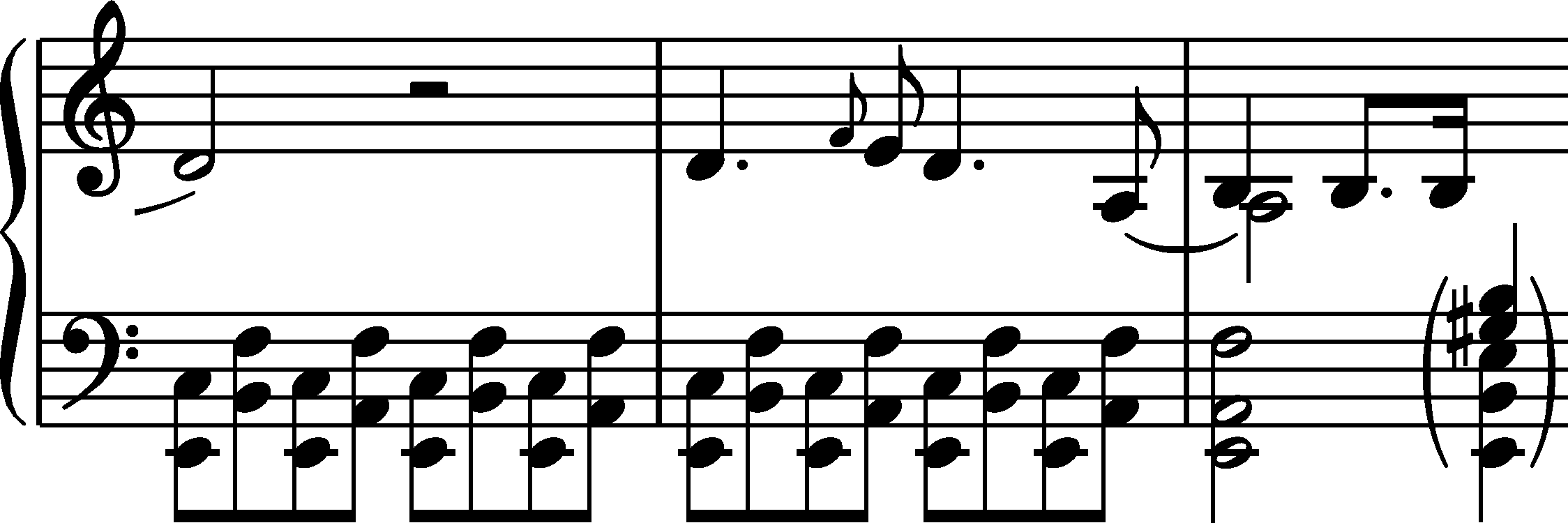Op. 2, Variations in B♭ major
Op. 10, 12 Etudes
Op. 11, Concerto in E minor
Op. 21, Concerto in F minor
Op. 22, Polonaise in E♭ major
Op. 24, 4 Mazurkas
Op. 25, 12 Etudes
Op. 26, 2 Polonaises
Op. 27, 2 Nocturnes
Op. 28, 24 Preludes
Op. 30, 4 Mazurkas
Op. 35, Sonata in B♭ minor
Op. 50, 3 Mazurkas
Op. 63, 3 Mazurkas
Op. 64, 3 Waltzes




Op. 28 No. 2, Prelude in A minor
In As one can see the notation of the initial L.H. part, which was eventually replaced with rests. That notation covers 2 repeat signs of the four-quaver figure from b. 18 in b. 19, the repeat sign of b. 19 in b. 20 and the minim E-A-f chord in the 1st half of b. 21. After expanding the abbreviations, we obtain the following text:  (the versions of the chord in the 2nd half of b. 21 – see the note concerning that bar).
(the versions of the chord in the 2nd half of b. 21 – see the note concerning that bar).
The new (final) concept was marked already in As in b. 19 (the repeat sign was crossed out, and a minim rest was added in the 2nd half of the bar) and at the beginning of b. 21 (the minim chord was crossed out). However, the repeat sign in b. 20 indicating a repetition of the previous bar was not crossed out, which is most probably an oversight, natural in a hastily written draft (when interpreted literally, the visible notation indicates a repetition of four quavers from b. 20 in the 1st half of b. 20).
Compare the passage in the sources »
category imprint: Interpretations within context; Differences between sources; Corrections & alterations
issues: Accompaniment changes
notation: Pitch
